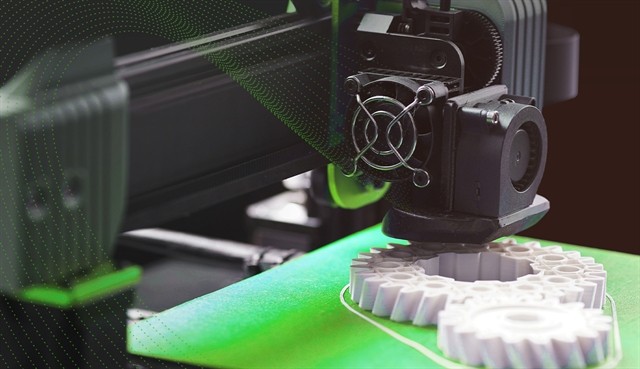
Freelance 3D Printing Creating Physical Innovations
In the ever-evolving landscape of technological advancements, freelance 3D printing has emerged as a groundbreaking frontier where creativity knows no bounds. It's a realm where digital designs materialize into tangible innovations, breathing life into ideas that once only existed in the imagination. In this article, we embark on a journey through the captivating world of freelance 3D printing, exploring how it empowers creators to forge physical innovations that push the boundaries of what's possible.
The Magic of Freelance 3D Printing
Freelance 3D printing, also known as additive manufacturing, is a process that involves creating three-dimensional objects layer by layer using digital 3D models as a blueprint. What sets it apart is the democratization of manufacturing – anyone with a 3D printer can bring their ideas to life. The intricacy of this process can be baffling, resembling an intricate tapestry where each thread contributes to the final masterpiece.
The Unseen Potential
One might wonder about the burstiness of freelance 3D printing. It lies in the vast range of materials that can be used, from plastics to metals, and even biocompatible substances. This diversity of materials allows for a wide array of applications, from aerospace components to intricate medical implants.
Navigating the Creative Process
Creating physical innovations through freelance 3D printing requires more than just a printer. It demands proficiency in 3D modeling software, a keen understanding of design principles, and the ability to troubleshoot potential issues. It's akin to mastering a symphony of software and hardware, with each note contributing to the harmonious outcome.
The Art of Innovation
Freelance 3D printing is more than a manufacturing process; it's an art form. Imagine it as a blank canvas where creators breathe life into their designs. With each layer added, a new stroke is made, and a vision takes shape. The burstiness of creativity flows as artists explore the limits of their imaginations.
Realizing the Unthinkable
One remarkable aspect of freelance 3D printing is the ability to create complex, customized parts that traditional manufacturing methods cannot replicate. It's a perplexing journey where intricate geometries and structures can be crafted, pushing the boundaries of what's physically possible.
Applications Beyond Imagination
The versatility of freelance 3D printing extends to industries as diverse as healthcare, automotive, aerospace, and even fashion. The burstiness of its applications knows no bounds, making it a vital cog in the wheel of innovation across various sectors.
The Freelance Advantage
One of the appealing aspects of freelance 3D printing is accessibility. Individuals and small businesses can harness the power of this technology without the need for heavy capital investment. This burstiness of opportunity empowers innovators to turn their ideas into reality without the constraints of traditional manufacturing.
In conclusion, freelance 3D printing is a mesmerizing world where perplexity and burstiness combine to create tangible innovations. It's a realm where digital dreams transform into physical realities, and the only limit is the extent of one's imagination. As we navigate this path of innovation, remember that freelance 3D printing is not just a manufacturing process – it's a journey of creativity.
Frequently Asked Questions
-
How long does it take to master freelance 3D printing?
- The time to master freelance 3D printing varies depending on individual dedication and prior experience. It's a journey that demands time, patience, and a burstiness of experimentation.
-
What materials are commonly used in freelance 3D printing?
- Common materials include PLA, ABS, PETG, and various metals like aluminum and titanium. The versatility of options allows for a burstiness of choice in material selection.
-
Is freelance 3D printing cost-effective for small businesses?
- Indeed, freelance 3D printing can be a cost-effective solution for small businesses due to its accessibility and the burstiness of customization it offers.
-
Can freelance 3D printing be used for mass production?
- While it's ideal for prototyping and low-volume production, mass production might be limited by the burstiness of print times and the number of available printers.
-
What is the future of freelance 3D printing?
- The future holds great promise with increasing accessibility, new materials, and applications. The future is perplexing, filled with innovation and endless possibilities.
-
How does freelance 3D printing contribute to sustainability?
- By reducing material waste, freelance 3D printing contributes to sustainability. Its burstiness in customization allows for the creation of parts optimized for efficiency, minimizing environmental impact.
Summary: In the realm of freelance 3D printing, perplexity and burstiness converge to create an array of physical innovations. The potential is limitless, and the burstiness of creativity knows no bounds. From aerospace to healthcare, this technology is revolutionizing industries and empowering creators. Step into this captivating world, where digital dreams find tangible form.
